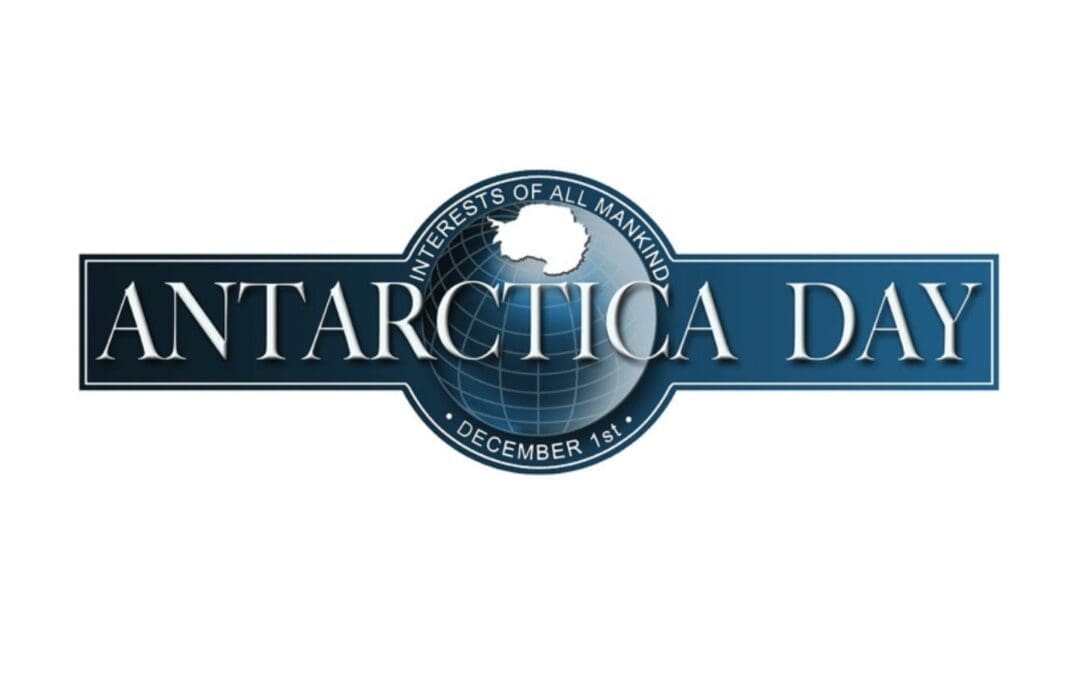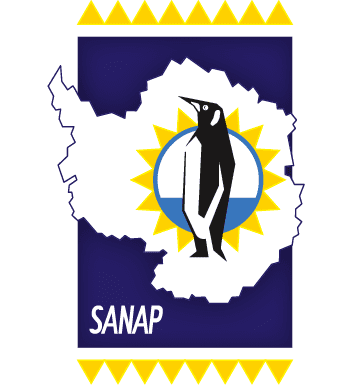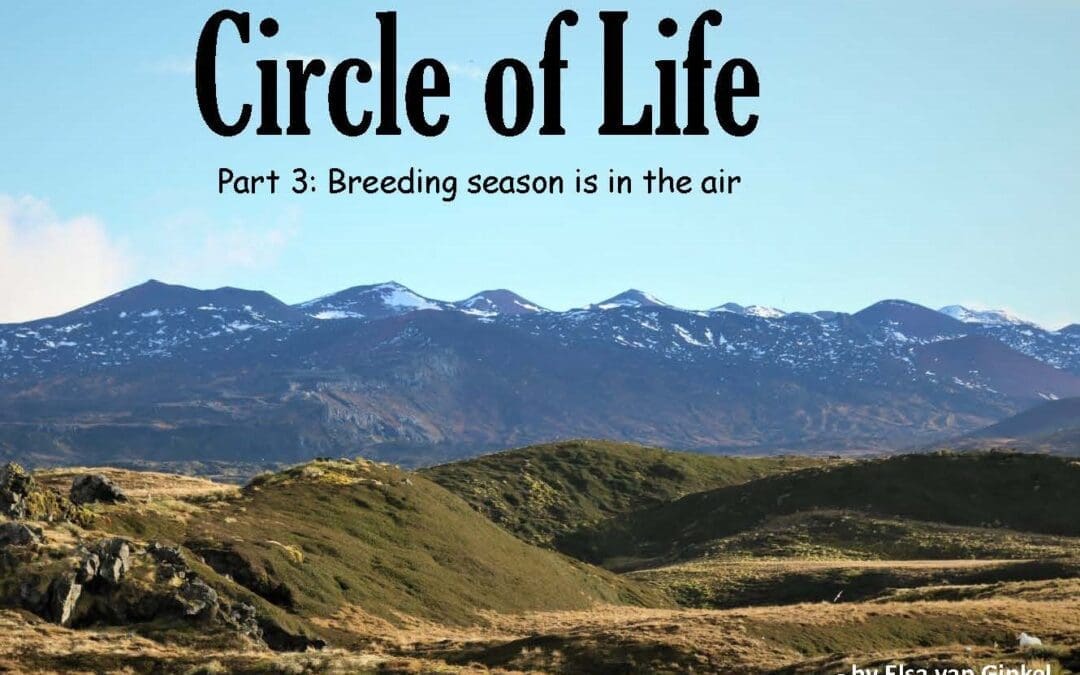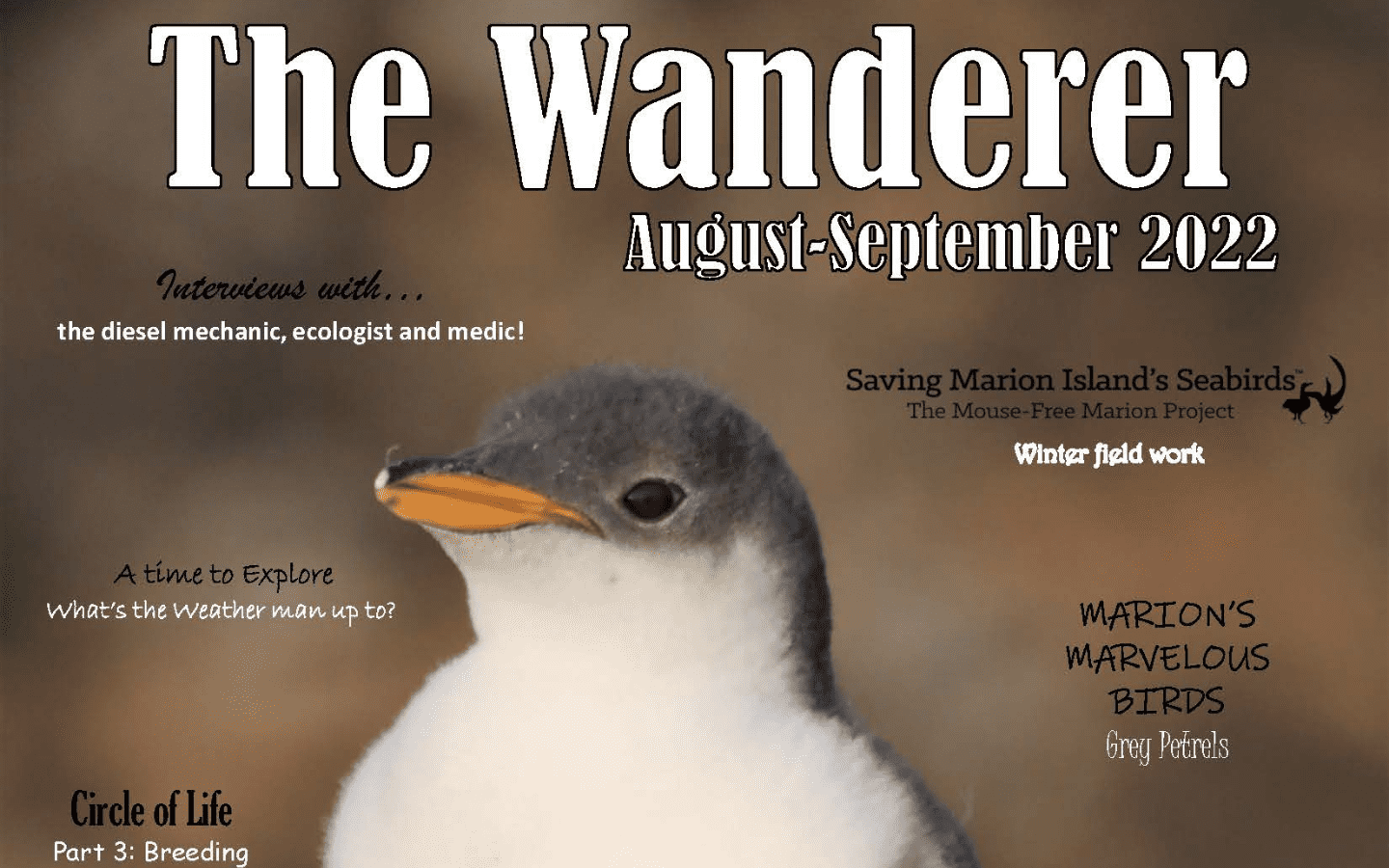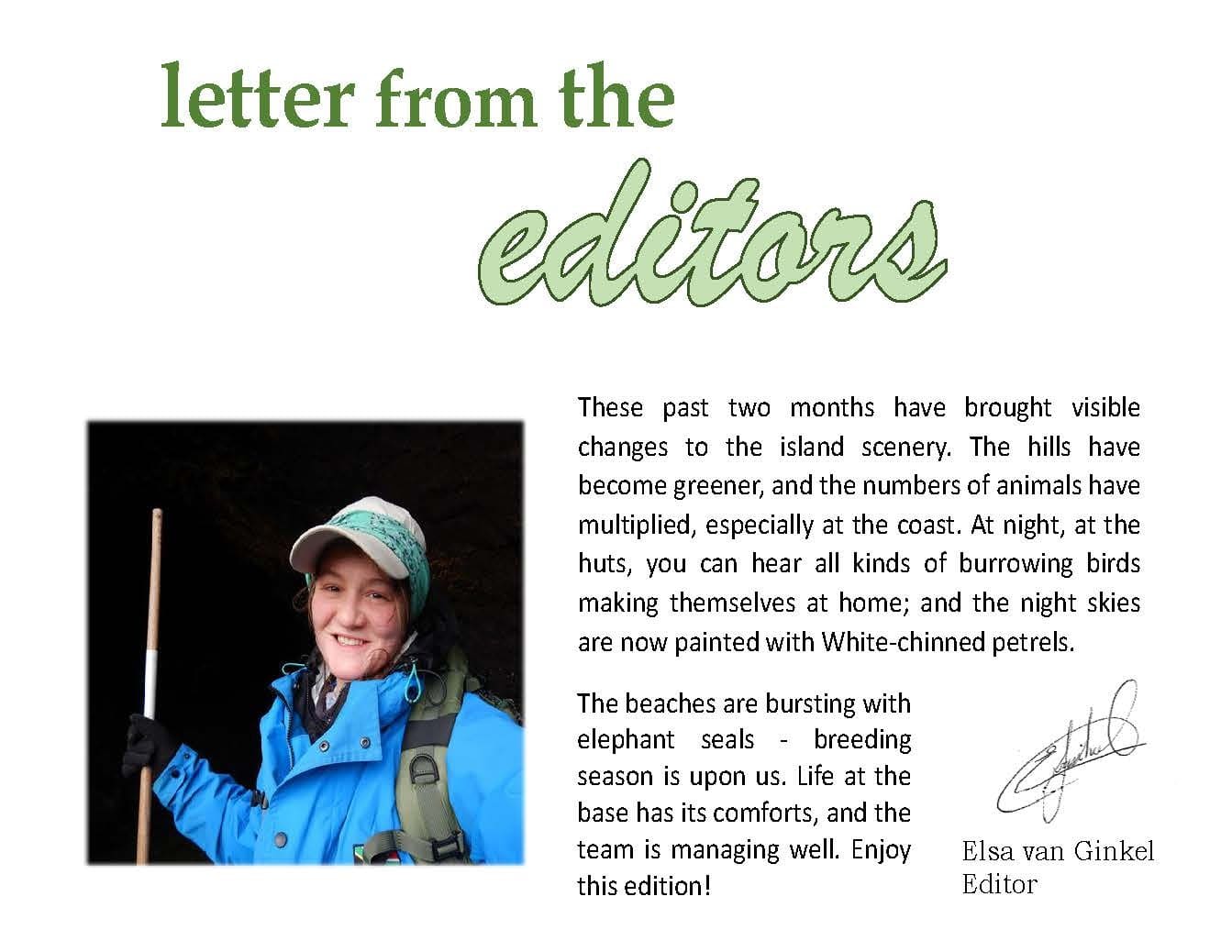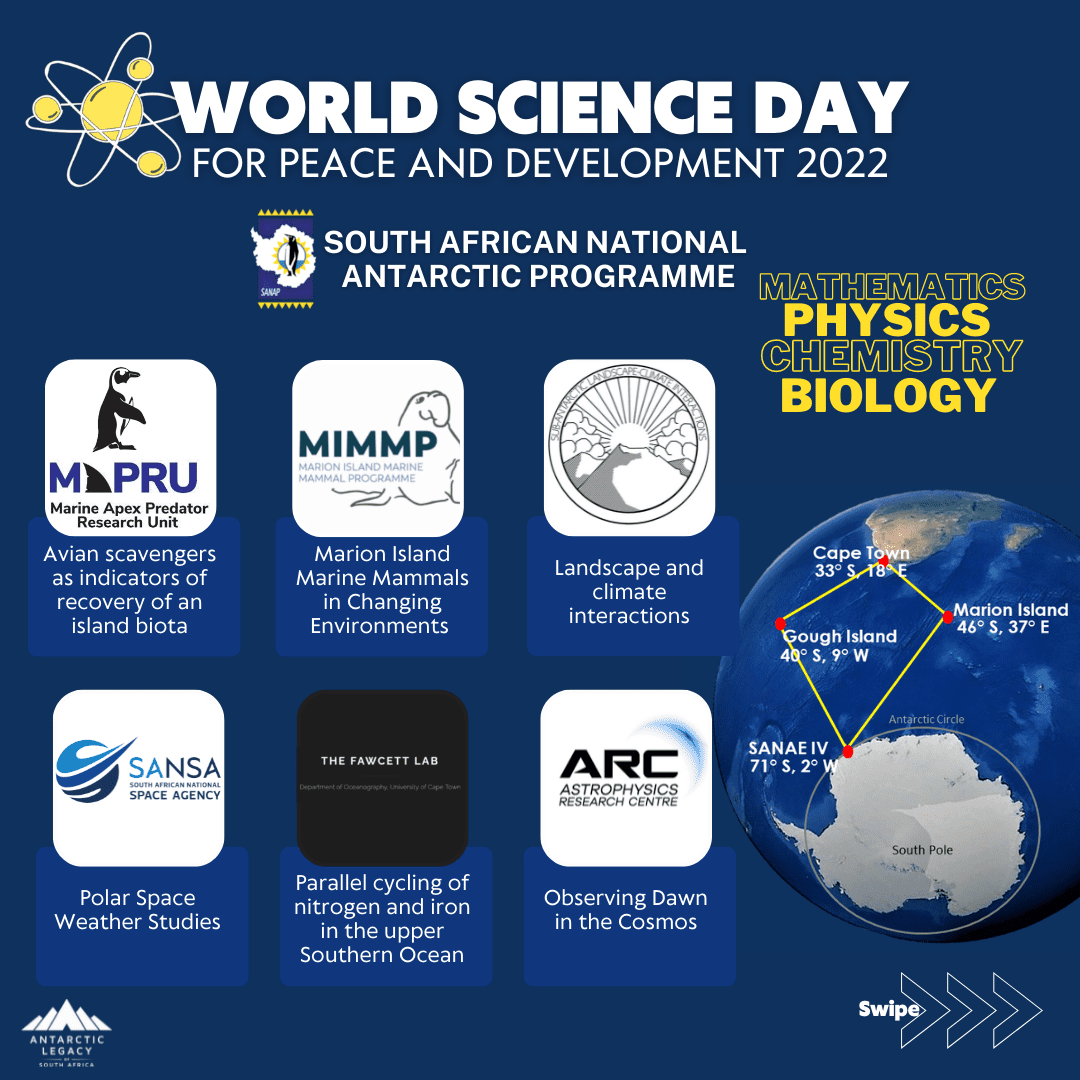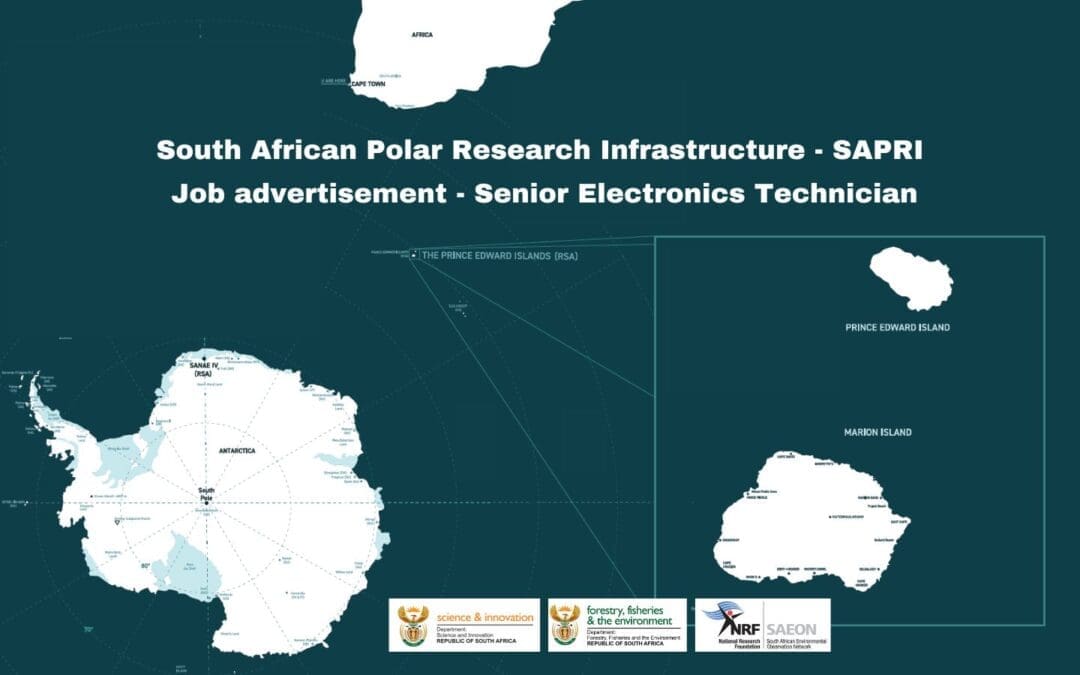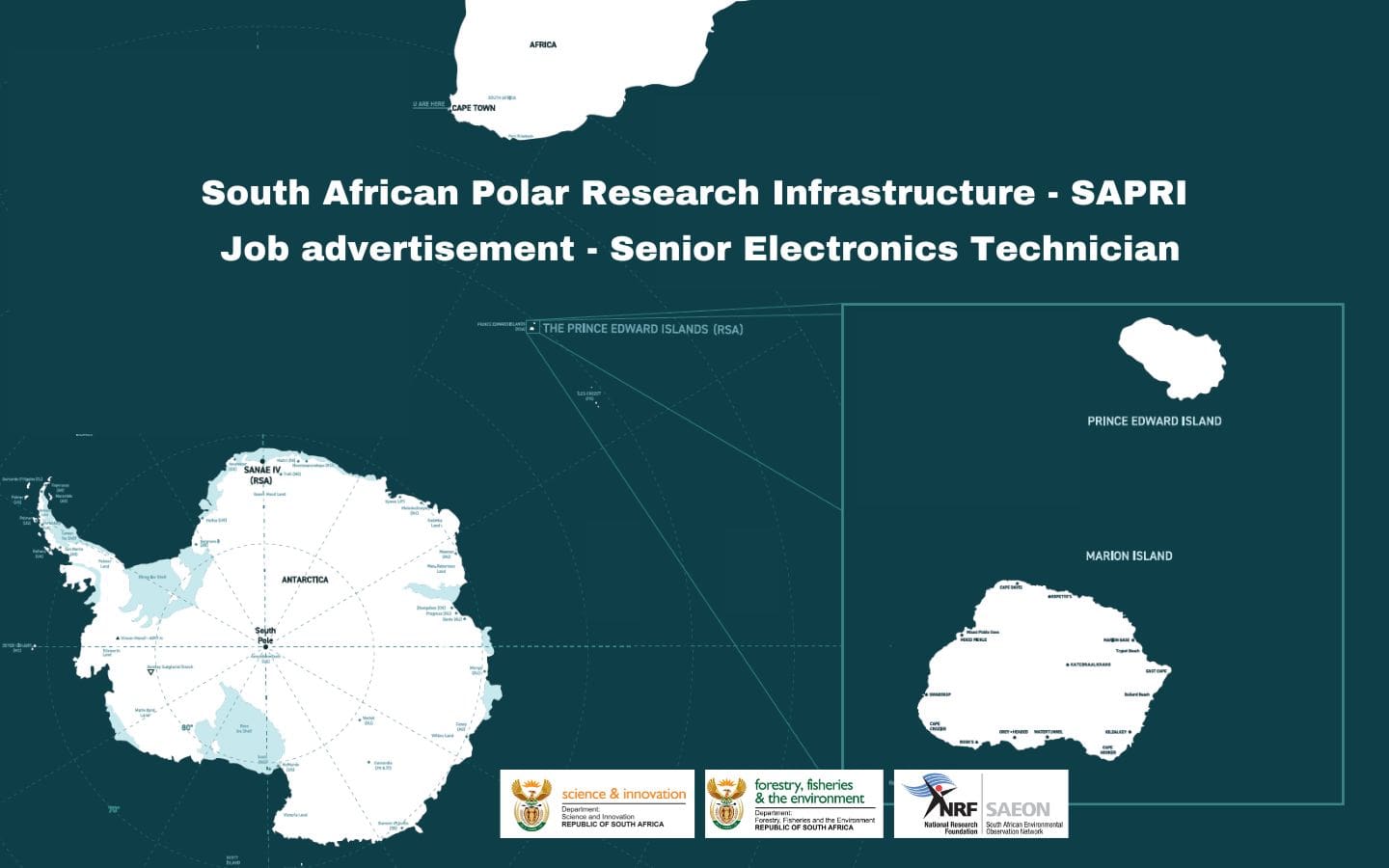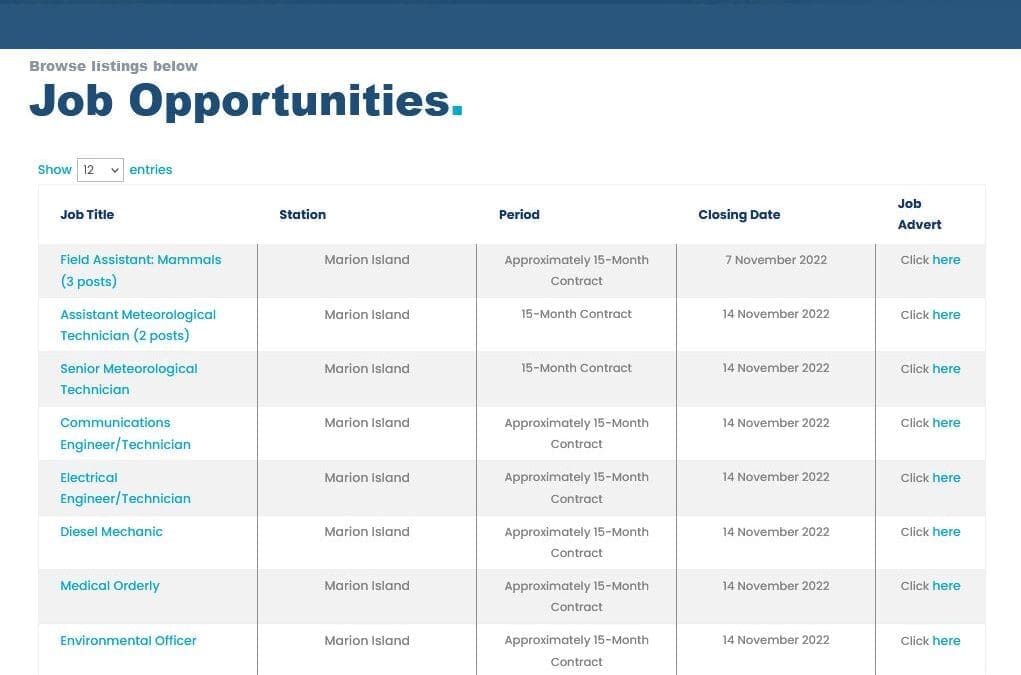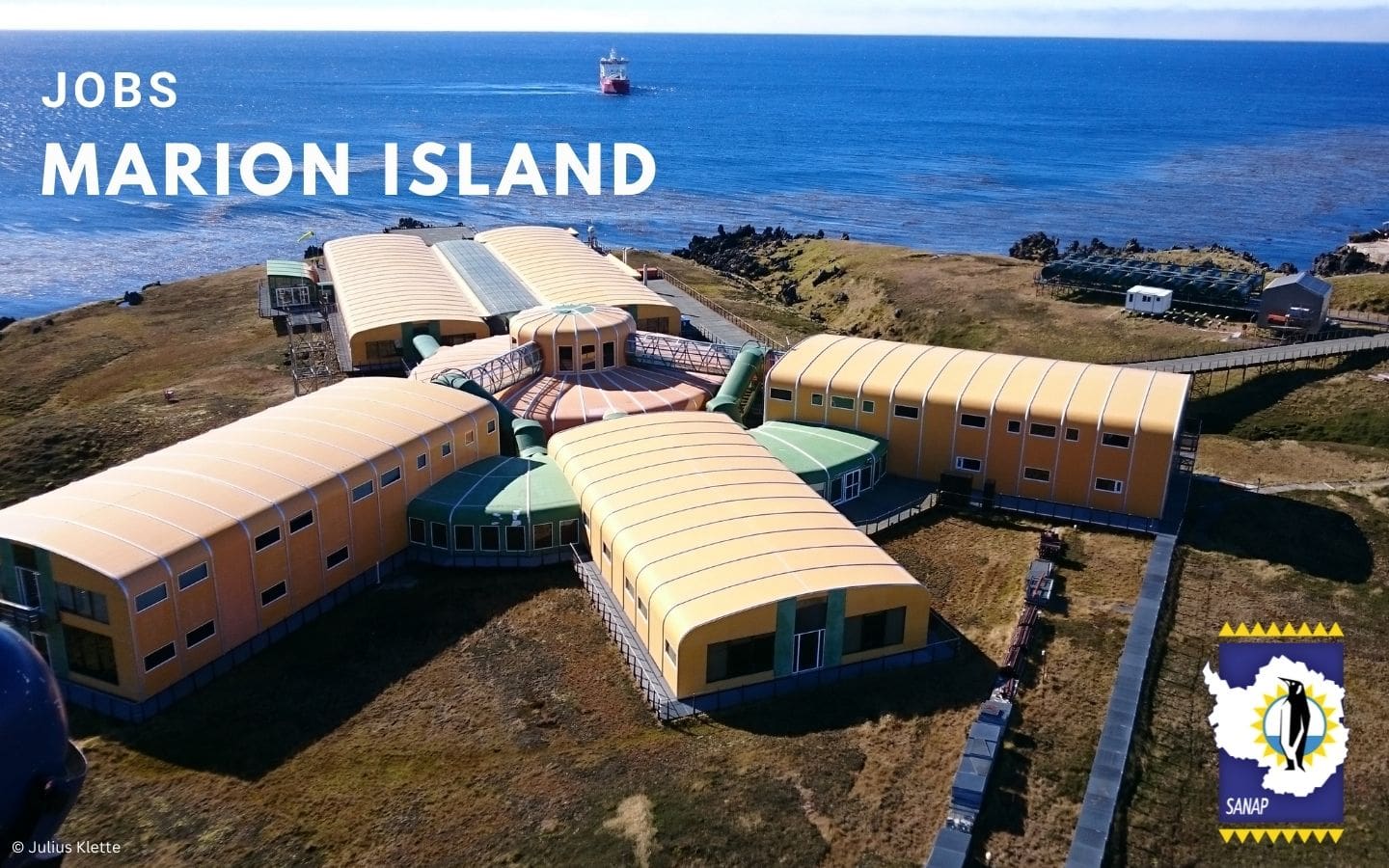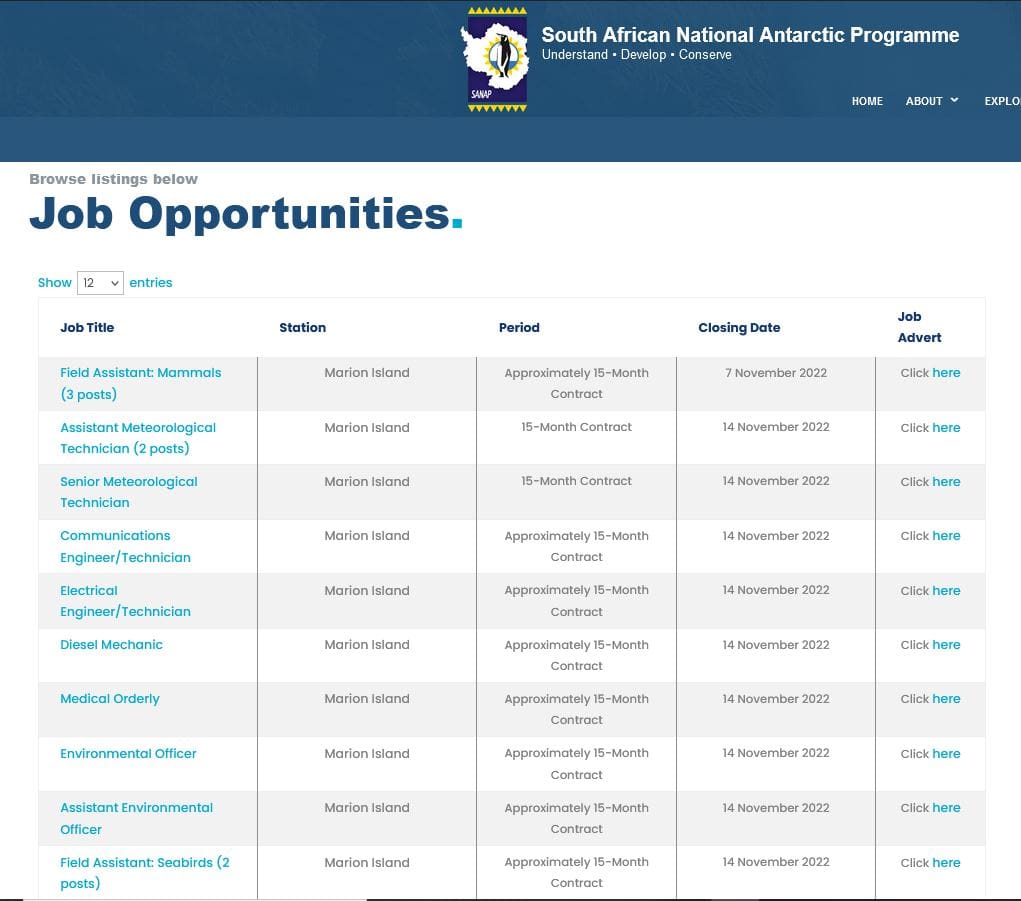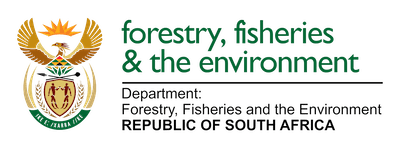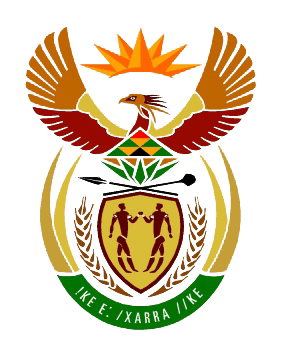
by Ria Olivier | Dec 1, 2022 | Announcement, Antarctica, Environment, International Days
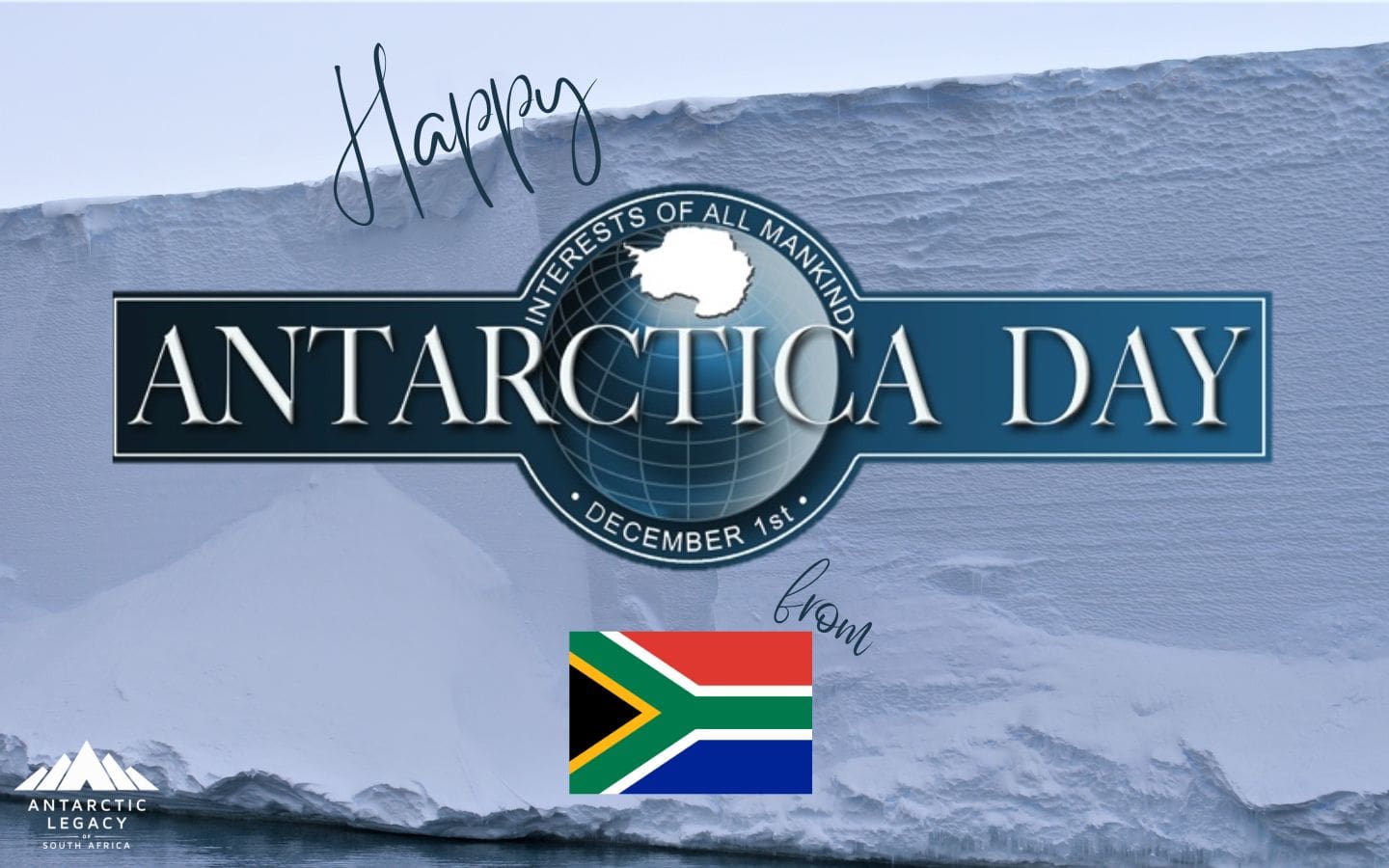
Antarctica Day is celebrated by the international polar community on the 1st of December to commemorate the signing of the Antarctic Treaty, by 12 countries (including South Africa) in 1959.
On 01 December 1959, Antarctica was set aside for peaceful and scientific purposes. Read more about the Antarctic Treaty here.
I would like to quote Dr Renuka Badhe – Executive Secretary of the European Polar Board.
“The polar regions are extremely important and connected to the rest of the planet. The polar regions are essential for the health and future of the fantastic planet earth”.
We need to protect the frozen continent, check out the video below!
Antarctic Legacy of South Africa, 01 December 2022

by Ria Olivier | Nov 15, 2022 | Announcement, Legacy, Marion Island, News, Newsletters>Marion Island Newsletters, Overwintering Team, Research, SANAP, Stations, sub-Antarctic
The 79th Marion Island Overwintering team has compiled their 3rd newsletter, filled with interesting stories and fascinating photography!


In this edition:
- Meet the Diesel Mechanic, Ecologist and Medical Orderly of the team
- Marion’s Marvelous Birds – Grey Petrels
- Fashionable Field Gear
- Memorable Shots
- Sealer Diaries
- The Mouse-Free Marion Project
- Island Life
- Celebrations – August and September Birthdays
- Sports’ Time
- A Typical Day – from a Sealer’s point of view
- The Team – what have we been up to?
- A Time to Explore
- Song Pick for August
- Circle of Life – Breeding Season is in the Air
- Weather for the Brave
The Wanderer – August to September 2022 Edition
Check out all this team’s newsletter on the Antarctic Legacy of South Africa Archive here.
Anche Louw, Antarctic Legacy of South Africa, 15 November 2022

by Ria Olivier | Nov 10, 2022 | Antarctica, Environment, Gough Island, International Days, Marion Island, News, Research, SA Agulhas II, Science, Southern Ocean, sub-Antarctic
World Science Day for Peace and Development is coordinated each year by UNESCO on 10 November.
The theme of World Science Day for Peace and Development is Basic Sciences for Sustainable Development. This day is being celebrated within the International Year of Basic Sciences for Sustainable Development, which kicked off on 8 July 2022 (UNESCO).
World Science Day for Peace and Development aims to build a bridge between science and society. This should be an encouragement to all scientific programmes to create an open line for communication between scientists and the public. The public needs to be informed about polar research as “the polar regions are extremely important and connected to the rest of the planet. The polar regions are essential for the health and future of the fantastic planet earth” (European Polar Board Executive Secretary, Dr Renuka Badhe).
Keep an eye out for more information on the Antarctic Season Launch 2022 – providing a platform for discussions between the SANAP scientific community and the public.
Scientific projects within the South African National Antarctic Programme (SANAP) are based on basic sciences (Mathematics, Physics, Chemistry, and Biology). Below we point out some of these scientific projects funded by the National Research Foundation (SANAP-Funding).

See below a list of all the research projects funded by the NRF-SANAP. These projects will be funded until the end of 2023.
Researchers previously involved in SANAP and those new to Antarctic research from universities not previously involved in SANAP are encouraged to put in a project proposal once the new cycle for applications opened.
View the current NRF-SANAP projects and previous NRF-SANAP projects here.

Anche Louw, Antarctic Legacy of South Africa, 10 November 2022.

by Ria Olivier | Nov 2, 2022 | Announcement, Antarctica, Gough Island, Jobs, Marion Island, Prince Edward Island, Prince Edward Islands, SA Agulhas II, SA Polar Research Infrastructure, SANAE, SANAP, SAPolarRI, SAPRI, Science, Southern Ocean, sub-Antarctic

As per job advertisement:
The South African Environmental Observation Network (SAEON) is a research platform funded by the Department of Science and Innovation (DSI) and managed by the National Research Foundation (NRF).
SAEON is mandated to establish and manage long-term environmental observatories; maintain reliable long-term environmental data sets; promote access to data for research and/or informed decision making; and contribute to capacity building.
This position is supported by the Department of Science and Innovation’s South African Polar Research Infrastructure (SAPRI) programme and will be based in Cape Town.
A Senior Electronics Technician to provide technical and logistic support for the SAPRI programme’s various research and long-term monitoring activities in the offshore marine and Southern Ocean, sub-Antarctic Islands and Antarctica, conducted onboard South African and international research vessels.
Application Closing Date: 16 November 2022
Click here to view the position advert.
Read more about SAPRI:
South African Polar Research Infrastructure (SAPRI): Feedback and start of the Preparatory Phase
Anche Louw, Antarctic Legacy of South Africa

by Ria Olivier | Oct 31, 2022 | Announcement, Jobs, Marion Island, News, Overwintering Team, Research, SANAP, Science, Southern Ocean, Stations, sub-Antarctic, Team member

The following positions are available on the sub-Antarctic, Marion Island for the overwintering period (April 2023 to May 2024)

Applications close between 7 November and 14 November 2022.
Click here: View the positions
Anche Louw, Antarctic Legacy of South Africa, 31 October 2022.
